Have you ever faced the frustration of picking out an awesome candle and then having the fragrance fizzle out halfway through the burn? I have truly had it with candles that can’t seem to retain their aroma.
I mean, these things cost a pretty penny to begin with. And when I burn a candle and curl up near it with a good book (or with the husband!), I want it to set the tone for the moment. Not to keep inwardly shrieking about WHY THE DAMN THING IS SUCH A DUD! Anyone else with me on this?
That’s why I reached out to top candle experts to figure what’s going wrong. And here it is: All the ways in which to ensure that your candle burns beautifully, with a strong fragrance. And that you are not just stuck with a jar of useless wax.
Check the ingredients
A great candle, one that will give you the best throw (the term for a candle’s fragrance output) all the way through, needs work. And good raw materials. Here’s what you need to look out for:
– The wax: Paraffin wax gives the best throw but it may release harmful chemicals (read this post for the controversies). Soy wax is supposed to be the most non-toxic but has a weaker throw. Beeswax is also super-clean but has its own subtle aroma and doesn’t mix well with other scents. Coconut wax is the newest kid on the block and it’s both eco-friendly and has a great scent throw. But it’s expensive, so you are likely to find it in only high end candles. Rapeseed wax is also another great option as it is clean, sustainable and throws out scent really well.
– Hand poured vs factory made: A hand poured candle will usually hold its fragrance better than a factory-made one. And it’s about science, not snob cred. When machines mix wax and scent in large batches, the fragrance may end up being poorly distributed and not bind well.
Secondly, factory-made candles usually have two pours of wax to even out the tops (handmade candles have only one pour). Often, stronger scented wax is used for the top pour rather than all the way through, so you will find the candle starts losing fragrance near the halfway mark. This is called ‘front loading’, where the candle smells better in the store than when you work your way through it at home.
– The wick: A cotton, hemp or wooden wick (basically, natural materials) allows better diffusion of the scent than a polyester one.
Candle size vs room size
Yes, at least in the world of scented candles, size definitely matters. You need at least one 8-Oz (200 grams) candle for every 100 square meter of room space. A larger space, like a dining room, may need multiple candles for the best effect.
Place your candle in the right spot
Where your candle is placed also contributes to scent diffusion. Ideally, don’t keep it near air vents and open windows or under ceiling fans as these shall affect how the fragrance gets distributed across the room. No option? Opt for a candle holder or hurricane lamp, which will help concentrate the scent rather than have it waft away into the white spaces.
Also, remember that fragrance rises upwards. So, placing your candle at a lower level – say, on a low side table – will fill the space with scent more quickly.
Choose your scent with this in mind…
Some fragrances are naturally stronger and have a more powerful throw than others. This comes down to molecular weights: Smaller, lighter molecular weights travel faster than larger, heavier ones.
White florals, like tuberose and gardenia, are very intense and will give out some scent even when unlit (this is known as a “cold throw” vis-a-vis a “hot throw”, which happens when the candle is lit).
Ditto for candles with a woody or resinous base. Take Diptyque’s Feu de Bois (which is one of my favorite candles of all time), whose fragrance literally seeps out even from within the closed box.
Citrus and marine notes, on the very hand, tend to be more subtle.
The shape of things
A larger candle surface area equals a larger throw, which means more fragrance in a shorter time. A container candle usually has a smaller surface area than pillars, since its sides are constrained by the jar. So, if you want to scent a room quickly, opt for thick pillar candles. Another option: A wide jar with multiple wicks (Neom does some fabulous ones) to increase the melt pool (surface area).
Keep it shady
Heat, sunlight and humidity can de-stabilise the oils and waxes, so store your collection in a cool, dry and shady place. A good candle will keep for 2-3 years, especially if stored in the box.
And don’t worry if it starts looking yellow – it’s a sign that the fragrance has matured, so chances are you will get a strong throw.
When should you worry? Besides the obvious things like mould, you know a candle is past its best when you can visibly see the perfumed oils having separated from the wax. When this happens, it’s pretty much impossible to rescue the scent.
And finally… give them loads of TLC
Like fine wines and sumptuous silks, candles also need to be nurtured. Love a candle and it will love you right back, with the best fragrance and a to-die-for-feeling of luxury.
This means, you need to keep the wick trimmed to approximately ¼” inch for the best burn; make sure you melt the wax right till the edges and stay away from tunnelling (the crater-like hole that develops in the middle of a poorly burnt candle – read more here); and keep the surface clean of any dust or other micro-particles. It’s not unusual to see experts the top layer of their candles with lint-free cloth and then topping them with a candle lid!
Finally, don’t burn one candle for too long. Ideally, you should extinguish it when it’s burned about 1″ inch deep. Letting it go on for too long will overheat the wax and vaporise the fragrance oils much faster. This will weaken the scent throw over time.
Do you have a favourite scented candle? Drop me some idea in the comments below!

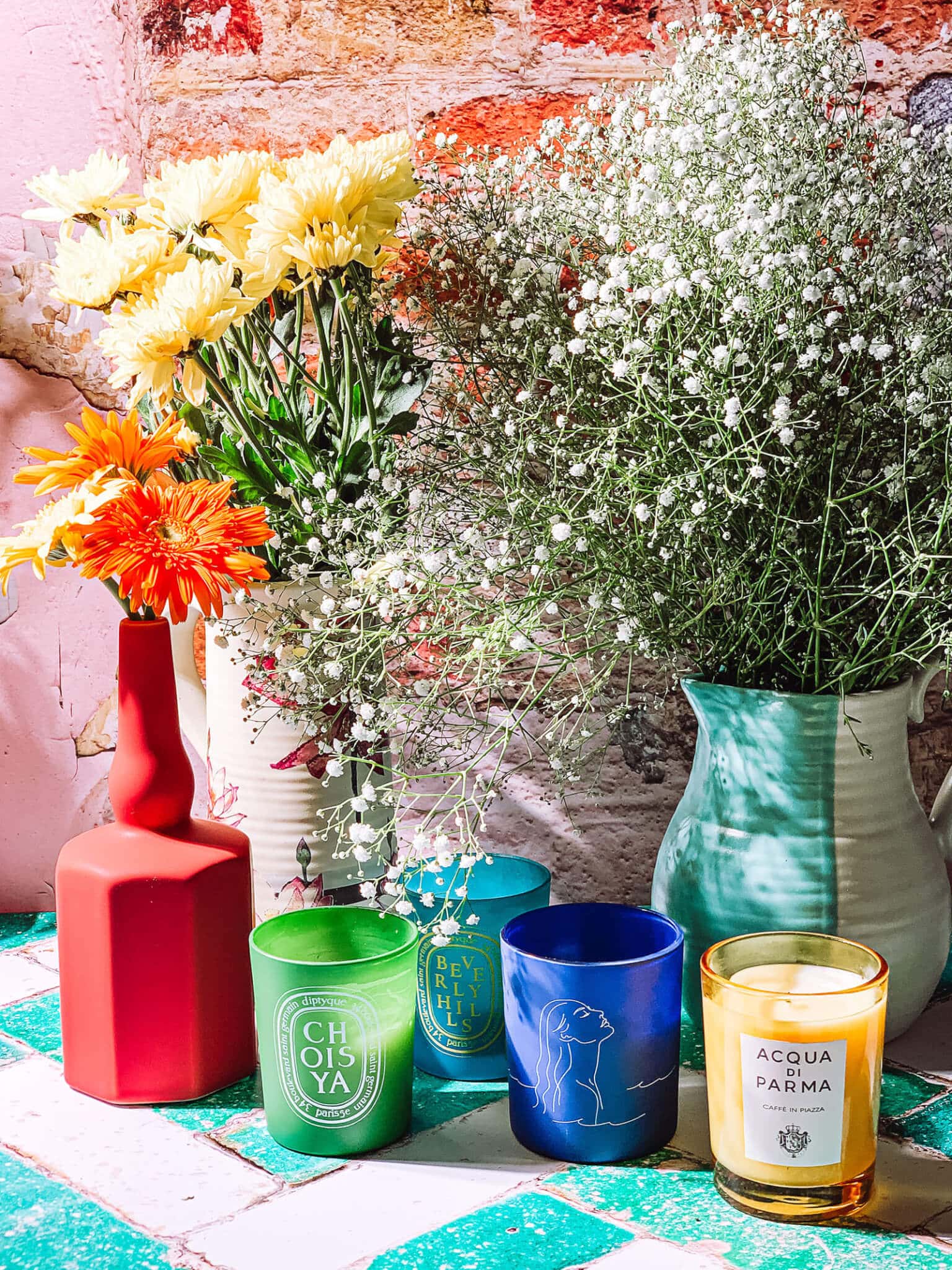
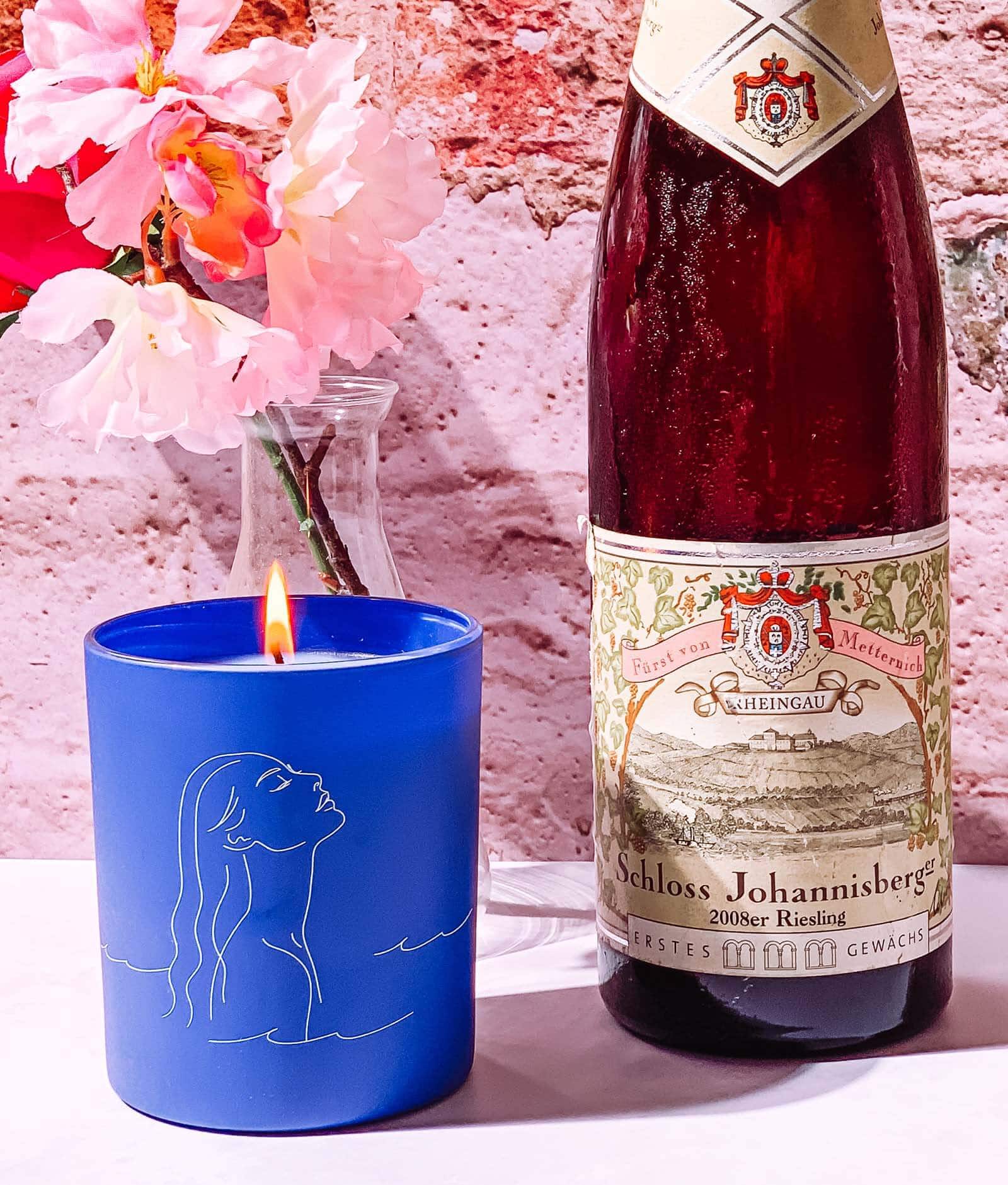
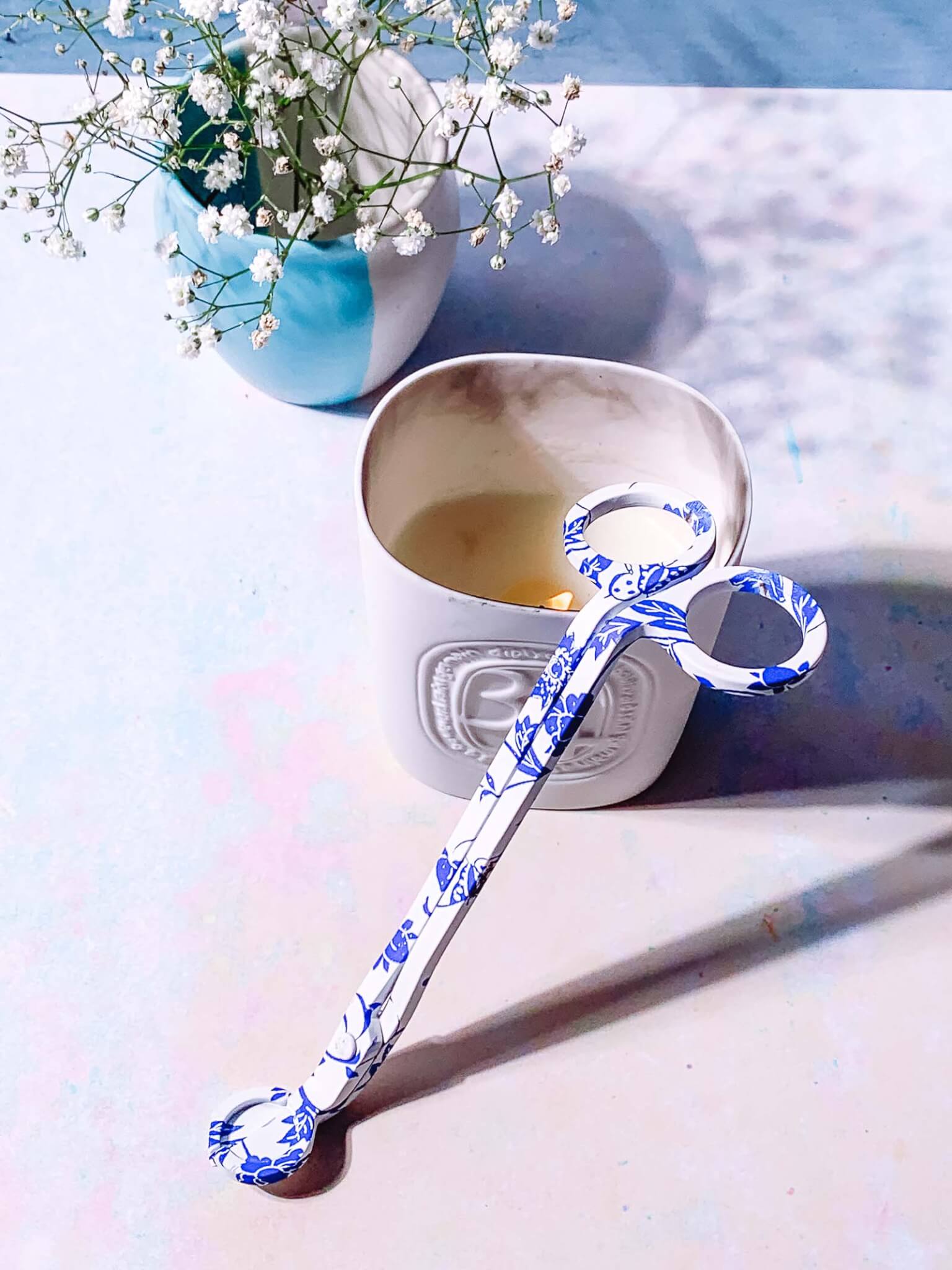
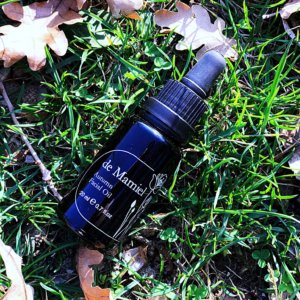
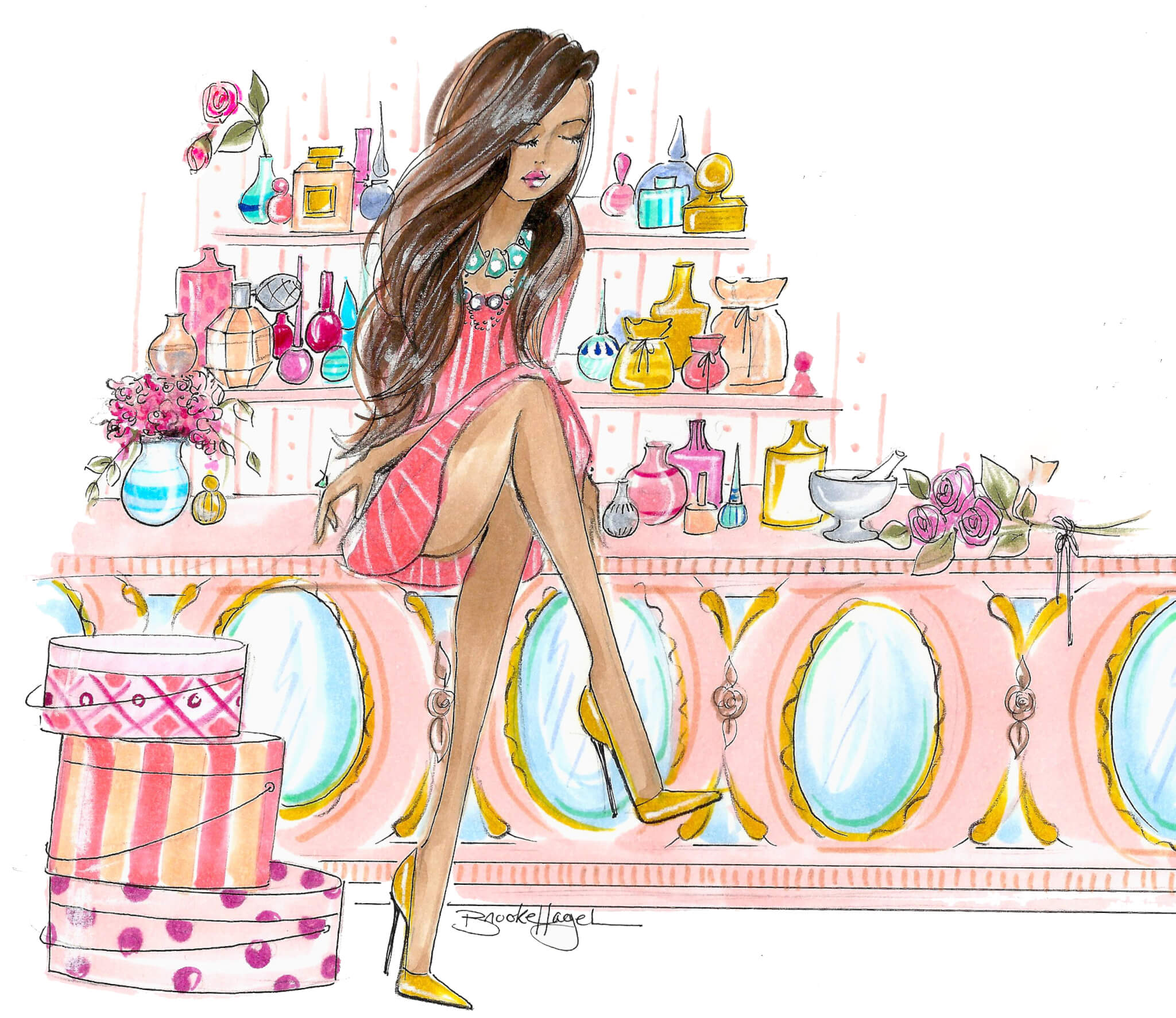
jenniferandjasmine says
This was so helpful! I collect candles as well and the price your ones I always use a candle warmer with